Google Vehicle Ads: The Digital Master Key for the Motor Industry
Advertising via Google is constantly evolving, and new ways to showcase your brand and business offering are regularly being rolled out. The latest...
Read moreCreating conversion-optimised PPC campaigns start at strategy planning. Do you know how you can maximise the return on your ad investment? Dave Chaffey shares how!
 Optimising Pay Per Click (PPC) to maximize ROI within an account is often thought of solely as a media optimisation process within Google Ads and certainly, that’s a large part of it. Yet, for better results, we believe that there are benefits of also applying a conversion-centred approach to Google Ads account management based on a CRO mindset as introduced in my recent article introducing on conversion-centric advertising. In this article I will explain how a more holistic approach to optimising PPC combining both Google Ads account optimisation and Conversion Rate Optimisation (CRO) techniques can increase returns further. I will concentrate on CRO and website-related techniques rather than traditional Ads account optimisation using bid management, targeting and creative optimisation.
Optimising Pay Per Click (PPC) to maximize ROI within an account is often thought of solely as a media optimisation process within Google Ads and certainly, that’s a large part of it. Yet, for better results, we believe that there are benefits of also applying a conversion-centred approach to Google Ads account management based on a CRO mindset as introduced in my recent article introducing on conversion-centric advertising. In this article I will explain how a more holistic approach to optimising PPC combining both Google Ads account optimisation and Conversion Rate Optimisation (CRO) techniques can increase returns further. I will concentrate on CRO and website-related techniques rather than traditional Ads account optimisation using bid management, targeting and creative optimisation.
The value in applying a data-driven mindset to improving PPC is hinted at by this graphic from my Digital Marketing Excellence book which shows the range of options for selecting the best landing pages for Google Ads. Consider the best pages that are selected as destination pages within Google Ads ‘after the click’ within the search engine. I think of it a little like an air traffic controller selecting the best runways for incoming aircraft to land…
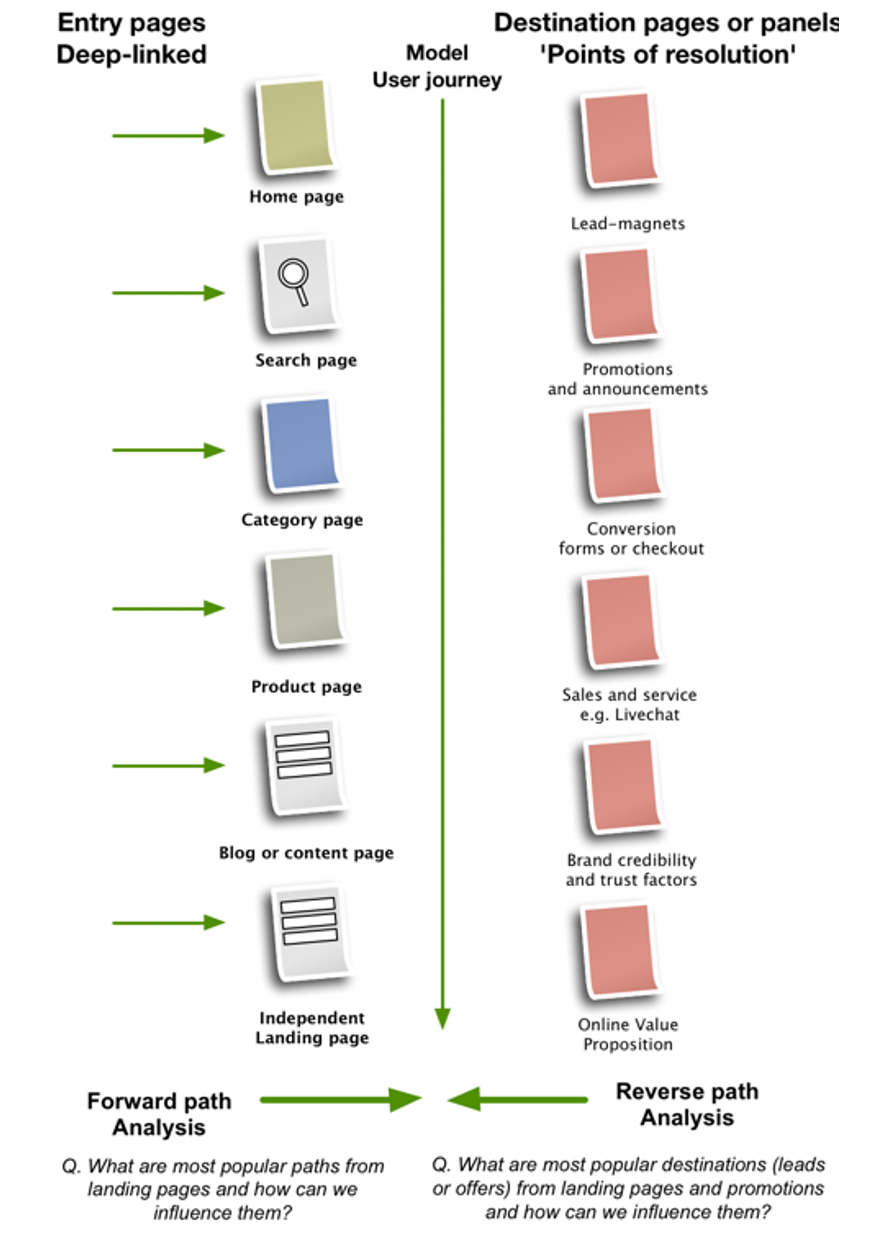
You can see that there are a wide range of alternatives for landing pages, typically, for a B2C business, most of the landing pages will be product or category pages. In some cases, such as with Google Ads Sitelink extensions, there are benefits in using the home page or an independent landing pages as a destination page. Within category and product pages there are many choices of targets too and if we think of landing pages on our website as a portfolio of options (rather like you have a portfolio of keywords you are targeting within the Google Ads account), we can improve the overall conversion rate and return on investment by evaluating pages using this the mindtool I have developed which I call the Content Optmisation Matrix. Here, the content in question is landing pages, so we could call it the ‘Landing Page optimisation matrix’.
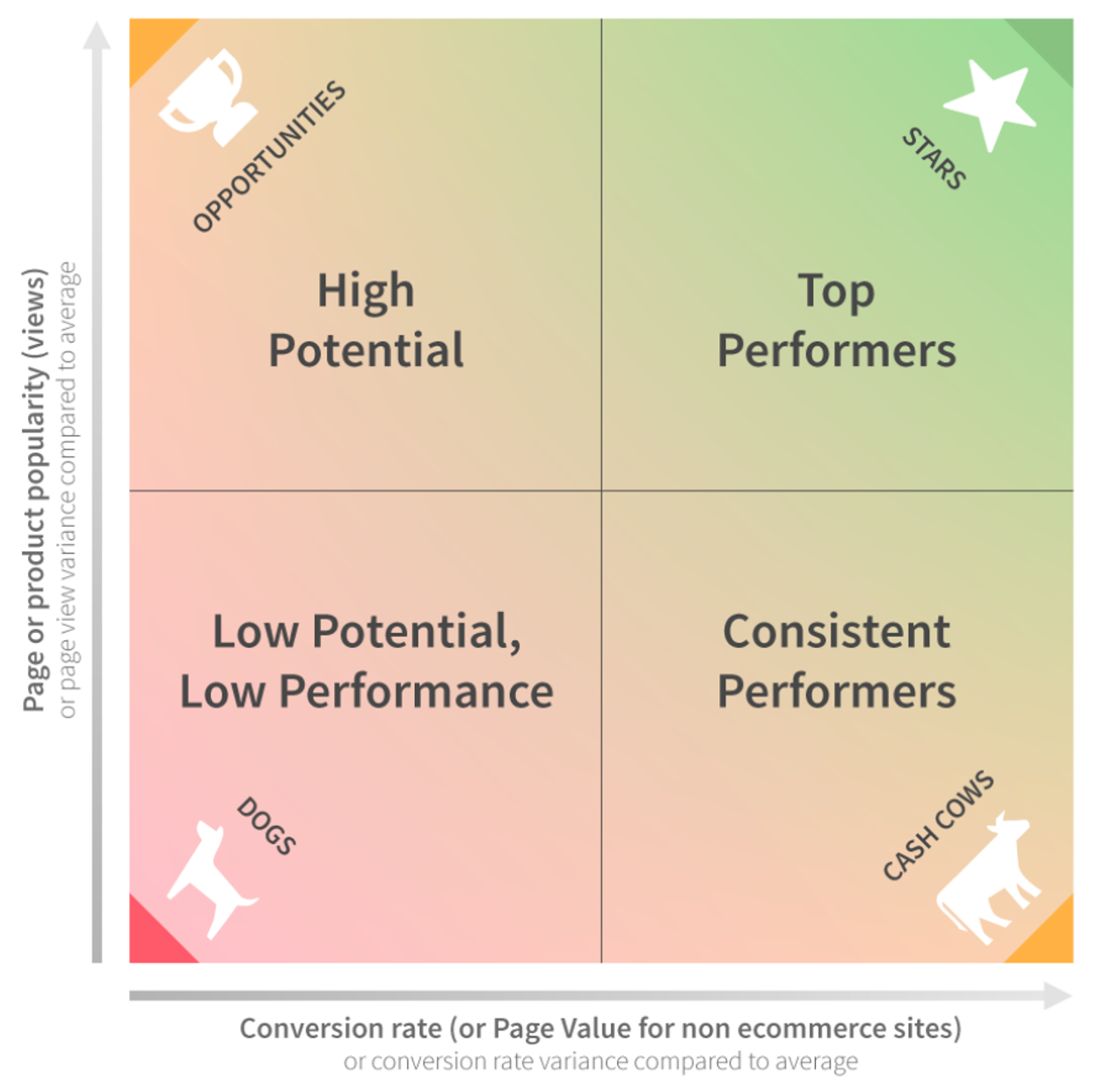
This tool compares the relative popularity of pages based on their volume of visits on the vertical axis (either overall, or for a channel such as PPC) against the effectiveness of the page based on conversion rate or the value generated from each page on the right. You can use this matrix to plot effectiveness of PPC by creating a scatter plot, either showing the popularity against effectiveness of individual landing pages or groups of pages, for example within a product category. When you do this you will find that your best pages are in the top right, with potential quick wins for improvement using AB testing in the top left. You may also consider how you can invest more in PPC Ad Groups to drive more visits to the pages in the bottom right quadrant which have good conversion rates or value, but a relatively low number of visits. Finally, you will see many pages in the bottom left corner which you will have to make the call to see whether it is worth investing further.
If you’re thinking this looks complicated, then you’re correct, particularly for larger accounts with thousands or tens of thousands of keywords and landing pages. This is where Artificial Intelligence and machine learning can help by reviewing the historical performance of destination pages for your account and then suggesting improvements. ClickThrough Marketing use just this approach with our AI-based solutions for reviewing client accounts.
Developing hypotheses for what to test for AB testing is usually straightforward, with obvious elements to test and questions to ask for product and category pages including:
Page headline - how well does this match Ad creative?
Intro copy - compelling short descriptions are important
Page visuals - is the quality of imagery and video sufficiently high to show product quality
Product descriptions - do these have relevant details
Trust factors - how is the brand shown to be trustworthy (e.g. through reviews, testimonials, reassurance about product returns or refunds)?
Form fields - is the usability and reasons for data collection clear?
Calls-to-action - positions and colours of buttons.
Beyond simple AB testing of existing page elements, we recommend more radical tests where page layouts and length are changed including more use of interactive elements, e.g. accordion features giving more detailed product information.
The Content Optimisation Matrix helps you focus on which are the best content effectiveness measures since you can only display two values to plot content assets on the matrix (although with colour or size of circle as in the example below where bounce rate is shown by the size of the circle) you can layer on more information. Here the two main measures to consider regardless of media use to drive visits to a site are:
Popularity of content - We can simply measure how many people view the content on site based on the number of page views. We plot this on the vertical axis so pages or content groups with the most page views are at the top. This content will be popular for a combination of reasons, i.e. it pulls organic traffic, has paid media pointed at it or it is prominent within the customer journey. In our case, it is mainly because of organic search.
Marketing effectiveness of content - This assesses how effective the content is at converting visitors to lead or sale. For transactional e-commerce businesses like retail, travel or financial services this is straightforward, it’s the conversion rate for sale or average revenue per visit for the page. For many other types of business, e.g. B2B or B2C services businesses who don’t sell on-site, this is a lot less clear. Publishers or brands with less clear conversion outcomes can use alternative measures of engagement such as dwell time or bounce rate to assess the value of content to themselves or their readers. But how do you measure lead value in Google Analytics? Long story short, you need to define goals in Google Analytics which you place a value against, e.g. goal value per lead so that you can view page value in Google Analytics. This doesn’t have to be a precise measure since we are simply looking at the relative value of content on the matrix.
While you can limit yourself to measures of popularity and marketing effectiveness as explained above by applying the conversion-centric mindset to Google Ads, you would want the agency or people charged with optimising your PPC to also consider these measures.
While ultimately, the effectiveness of a page is best measured by its conversion rate and the value generated, there are other upper-funnel measures we can review to assess landing page effectiveness and inform optimisation. These include bounce rate and average time on site. When consulting, I have found that in some cases bounce rates for landing pages are well in excess of 50%, which gives plenty of room for improvement.
As you’ll know, Quality Score is a measure used within Google Ads to determine the ranking for a specific keyword and ad, when combined with the bid price (cost per click). Gaining good quality scores is essential to compete cost-effectively within Google Ads. Relevant reports comparing quality score for different keywords should be reviewed as part of account optimisation. You may not know that Google reports rate landing pages, on a simple scale, e.g. above or below average, so this can be used to optimise landing pages.
While Google doesn’t give specific guidance on precisely how the quality score is calculated, they do hint at what you you can optimise in this Google Ads guidance note:
… if someone has searched for [a popular product keyword], and Google serves your ad, then if the person clicks your ad only to find [a different product], the landing page is no longer useful to the searcher.
Another example is if the person clicks the ad which matches their search term, but they can’t easily find any more information about the product, or they’re bombarded with pop-ups, or the page takes too long to load. Any of these factors can negatively affect user experience on the landing page, and it will lead people away from your company and your product. Make sure to provide clear direction with helpful information, related links, a clear view of a shopping basket (if applicable) and easy-to-see contact information.
We can safely assume that Google assesses page engagement to evaluate landing page quality score, for example, by assessing dwell time. Since Google also sends out different crawlers or AdBots we can assume they assess the download speed and page experience which brings us to the final two measures you should assess…
Although previously you could use assessments of page download speed, Google now places more emphasis on this and provides a series of measures known as Core Web Vitals that are assessed to inform organic search ranking. We can assume these are also factored in when assessing landing page quality score.
Google also assesses usability measures in a series of tools that are available within Google Search Console, including the simplicity of design, mobile usability and use of pop-ups. One tool is the mobile usability report which all pages with more than a threshold level of mobile usability issues. Click a specific issue to see issue details, including a sample list of pages affected by that issue
The range of measures that we have covered, some of which wouldn’t typically be considered in traditional Google Ads optimisation, shows the value of a more holistic conversion-centric approach to PPC. This also has the advantage that your organic search effectiveness should benefit too. I’d say that’s a ‘win-win’!
Looking for more insight on how you can create conversion-centric PPC campaigns with Google Ads? Reserve your place on our free webinar, on Wednesday 15th June, 9.30 am.
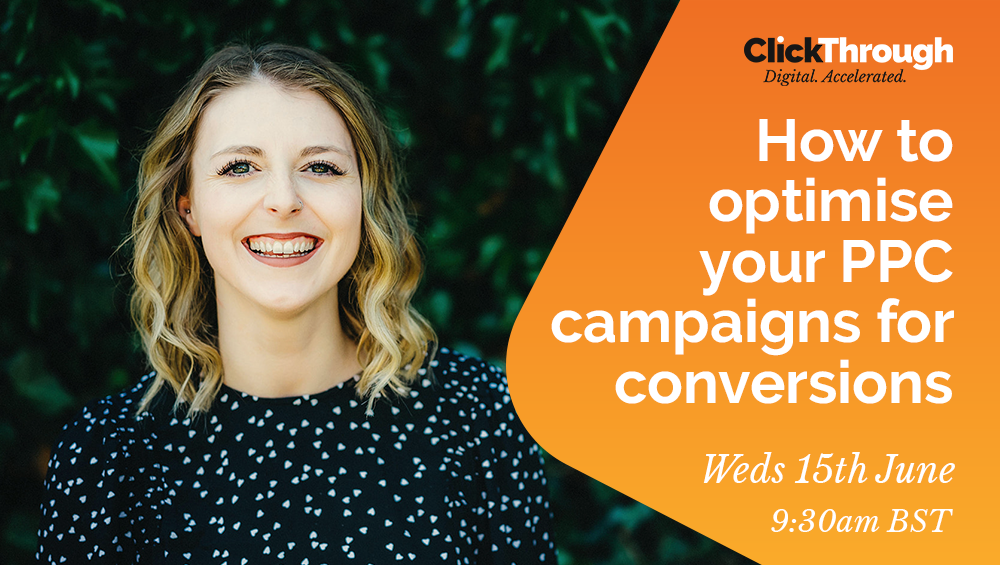
Article photo by Arkan Perdana on Unsplash
More articles you might be interested in:
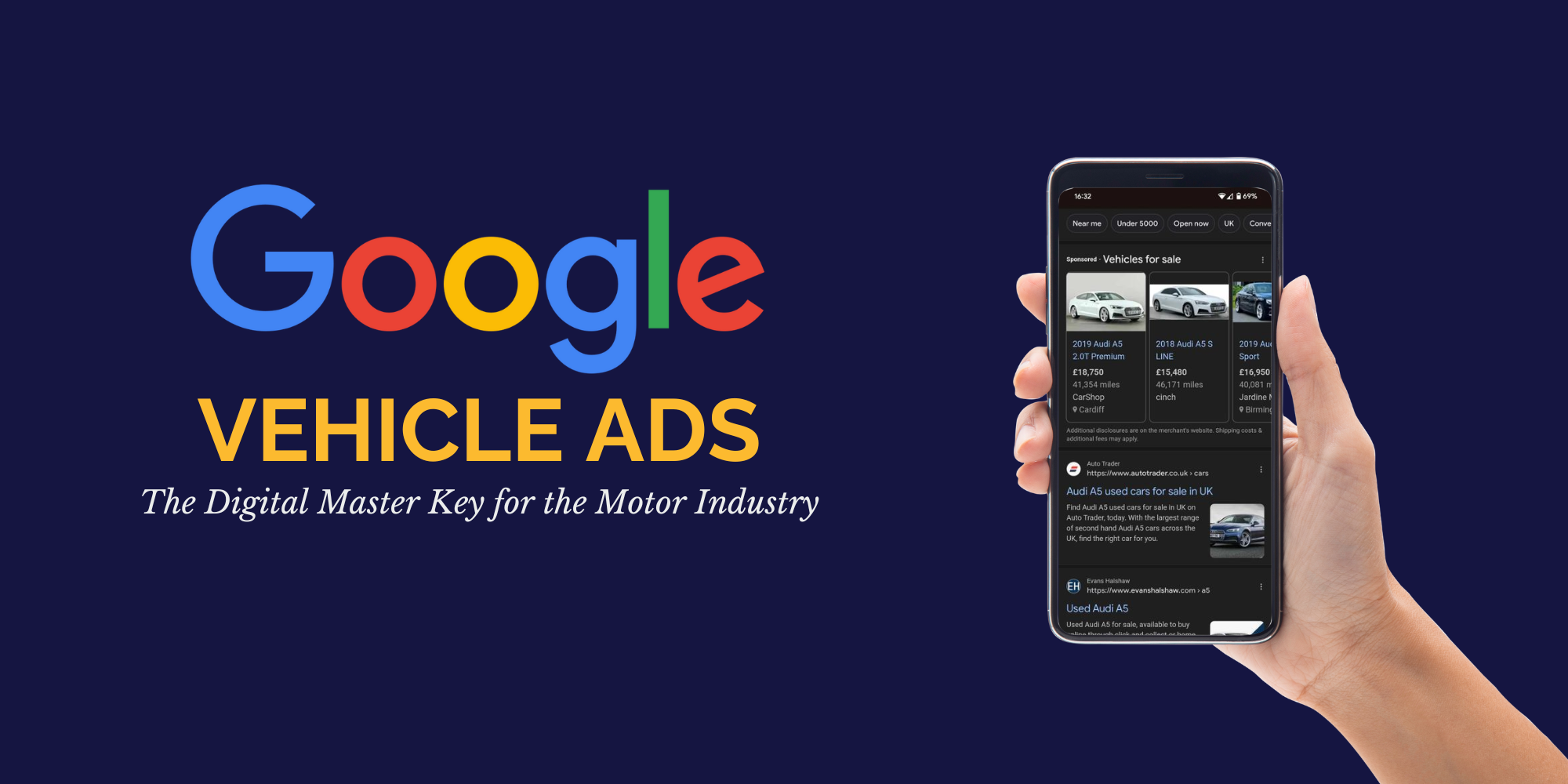
Advertising via Google is constantly evolving, and new ways to showcase your brand and business offering are regularly being rolled out. The latest...
Read more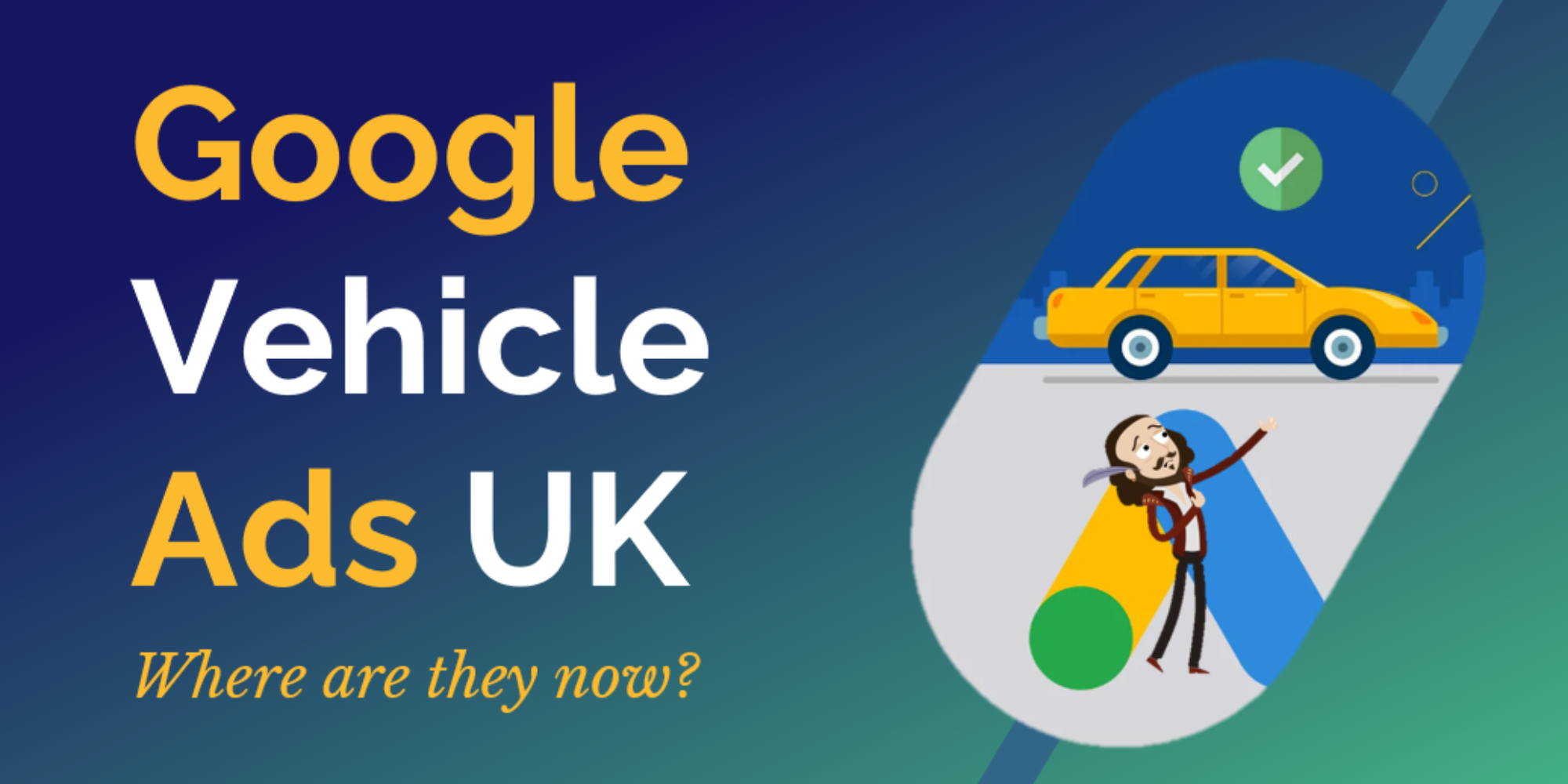
The UK market has been waiting with bated breath for Google’s Vehicle Ads release – so where is the update? Learn more.
Read more
What are thank you pages, and why are they important for monitoring performance? Find out more about thank you page best practices.
Read more
Performance Max is one of the easiest ways to tackle the full Google network, but are you maximising results? Dr. Dave Chaffey explores. Read more.
Read more
Google sets new standards for links and content, new functionality emerges in Analytics and Search Console, and new tool Neurons hits the world of...
Read more
Welcome to the latest round-up of all things digital. This is where we look at the latest updates in the world of PPC, SEO, Content and International...
Read more
Wondering how to apply conversion-centric marketing to your advertising strategies? Dr. Dave Chaffey explores why this is essential for growing...
Read more
We're heading into a new financial year - do you know how PPC can help grow your conversions? Find out how developments from Google and Bing will...
Read more